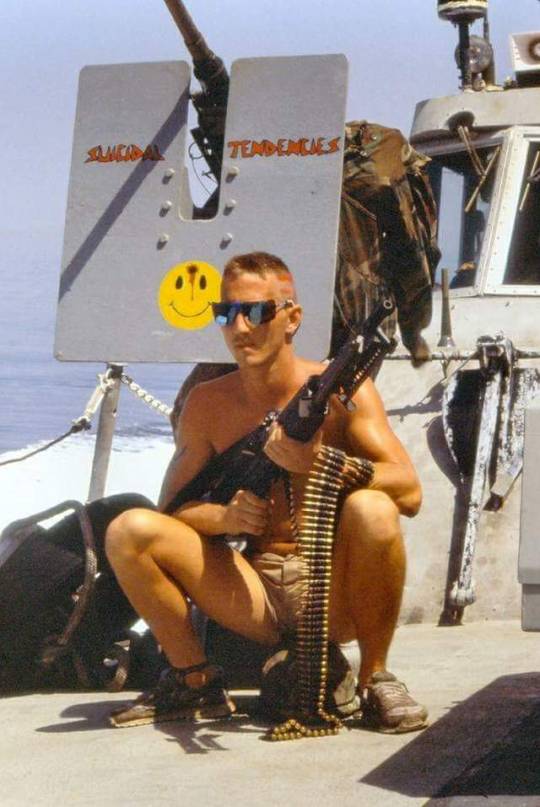Text

"Burial at sea aboard USS Hancock for those killed by Japanese special attack two days prior, off Okinawa, Japan, 9 Apr 1945" (National Archives)
182 notes
·
View notes
Photo

A burial at sea for men of USS Intrepid who were killed during the battle for Leyte Gulf.
1944, Colourised.
226 notes
·
View notes
Photo

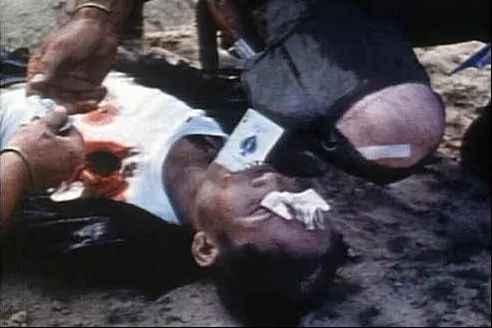
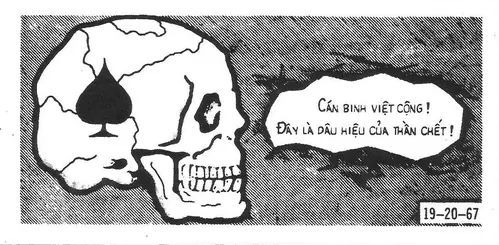

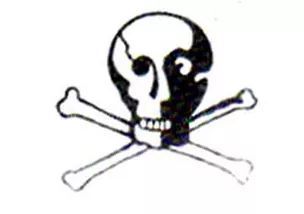
Cards of Death
The use of playing cards, specifically the Ace of Spades, has been used in warfare since World War One. The British 12th Tank Division used the ace of spades as their division symbol. But in Vietnam, the use of “Death Cards” or “Calling Cards” was heavily used as a form of psychological warfare. The first example below saying “𝑫𝒆𝒂𝒕𝒉 𝒂𝒘𝒂𝒊𝒕𝒔 𝑽𝒊𝒆𝒕 𝑪𝒐𝒏𝒈 𝒄𝒂𝒅𝒓𝒆𝒔. 𝑹𝒆𝒕𝒖𝒓𝒏 𝒓𝒂𝒕𝒉𝒆𝒓 𝒕𝒉𝒂𝒏 𝒃𝒆𝒊𝒏𝒈 𝒌𝒊𝒍𝒍𝒆𝒅.” Meaning, return to the South Vietnamese side, also known as “Chieu Hoi”. Often these were printed onto playing cards, usually entire decks of the “Bicycle” playing cards would be only ace of spades meant to be left behind on the dead bodies of VC or left behind in villages. The very sight of a “Bicycle” ace would cause many Vietnamese to flee because an ace of spades meant bad luck among the Vietnamese.
The next death card depicts a skull with an ace of spades on it with the text “𝑽𝒊𝒆𝒕 𝑪𝒐𝒏𝒈! 𝑻𝒉𝒊𝒔 𝒊𝒔 𝒂 𝒔𝒊𝒈𝒏 𝒐𝒇 𝒅𝒆𝒂𝒕𝒉!” and the reverse side shows a dead VC fighter with the text “𝑪𝒐𝒏𝒕𝒊𝒏𝒖𝒆 𝒚𝒐𝒖𝒓 𝒔𝒕𝒓𝒖𝒈𝒈𝒍𝒆 𝒂𝒈𝒂𝒊𝒏𝒔𝒕 𝒕𝒉𝒆 𝑵𝒂𝒕𝒊𝒐𝒏𝒂𝒍 𝒄𝒂𝒖𝒔𝒆 𝒂𝒏𝒅 𝒀𝑶𝑼 𝒘𝒊𝒍𝒍 𝒔𝒖𝒓𝒆𝒍𝒚 𝒅𝒊𝒆 𝒂 𝒎𝒐𝒖𝒓𝒏𝒇𝒖𝒍 𝒅𝒆𝒂𝒕𝒉 𝒍𝒊𝒌𝒆 𝒕𝒉𝒊𝒔!” All was meant to demoralize the enemy, specifically targeting VC fighters who joined or were forced to fight with the VC. These were dropped like leaflets, 100,000 copies of this leaflet were produced by the 19th PSYOP company at the request of the 3rd Brigade, 9th Infantry Division.
The last card depicts a simple skull and cross bones, this specifically was used by SOG (Studies and Observations Group) behind enemy lines along the Ho Chi Minh trail in Laos and Cambodia. These would usually have some type of custom message made by the Recon Team member that would carry and leave them behind, typically saying “𝑰 𝒔𝒂𝒘 𝒚𝒐𝒖 𝒂𝒏𝒅 𝒍𝒆𝒕 𝒚𝒐𝒖 𝒍𝒊𝒗𝒆” or “𝑰 𝒌𝒏𝒐𝒘 𝒘𝒉𝒆𝒓𝒆 𝒚𝒐𝒖 𝒍𝒊𝒗𝒆, 𝑰 𝒌𝒏𝒐𝒘 𝒘𝒉𝒆𝒓𝒆 𝒚𝒐𝒖 𝒔𝒍𝒆𝒆𝒑.” Sometimes even targeting specific NVA troops and officers.
370 notes
·
View notes
Text

As a result of an error of the pilot of a transport plane, the fighters were dropped the cargo intended for the women's battalion. Southern Rhodesia, January 1980
#Rhodesia#Rhodesian army#Zimbabwe#africa#war#cold war#history#solders#women#females#humor#funny#funny story#underwear
63 notes
·
View notes
Photo

In 1964, the team transitioned to the supersonic fighter-bomber, the F-105B Thunderchief.
The F-105 was one of the primary attack aircraft of the Vietnam War with over 20,000 sorties flown and was known for it’s high speed and low-altitude attack capabilities.
Although it was a smaller aircraft, the single-engine fighter-bomber could deliver a larger payload than the largest bomber platforms from World War II, like the B-17 Flying Fortress.
#Cold War#USAF#US Air Force#Air Force#Planes#Jets#Aircraft#Aviation#F-105#USA#Vietnam War#Fighter Jets#Bombers
491 notes
·
View notes
Photo
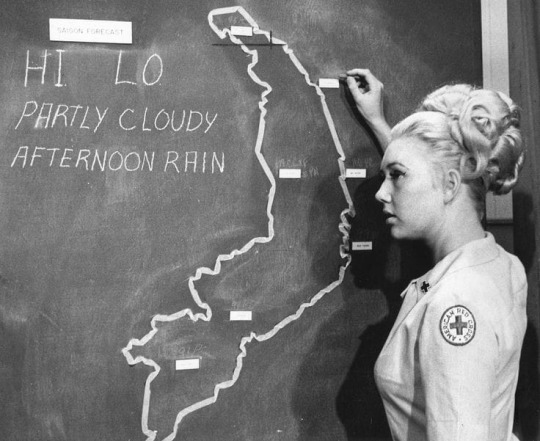
Saigon, South Vietnam, June, 1967
Red Cross worker Barbara (Bobbie) Oberhansly outlines the day's weather for Vietnam as part of her 7:55 p.m. report on Armed Forces Television.
#Vietnam War#Vietnam#Cold War#Red Cross#Military#US Army#US Marine Corps#US Navy#US Air Force#Army#Marine Corps#Navy#Air Force#Airmen#Marines#Soldiers#Sailors#Weather#History#Rain
135 notes
·
View notes
Photo

A Mujaheddin fighter aims a Stinger Missile at a passing Soviet Aircraft, Nangarhār Province, Afghanistan. 1988.
#Cold War#Mujaheddin#Stingers#soviet-afghan war#Afghanistan#Soviet Army#USSR#USA#United States#Military#Militants#Central Asia#Middle East#Afghans#War#Muj
181 notes
·
View notes
Photo


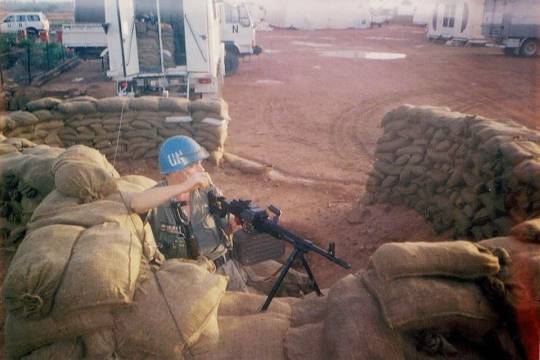
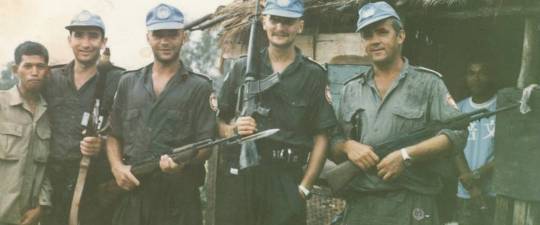

Polish Peacekeepers in Africa.
60 notes
·
View notes
Photo
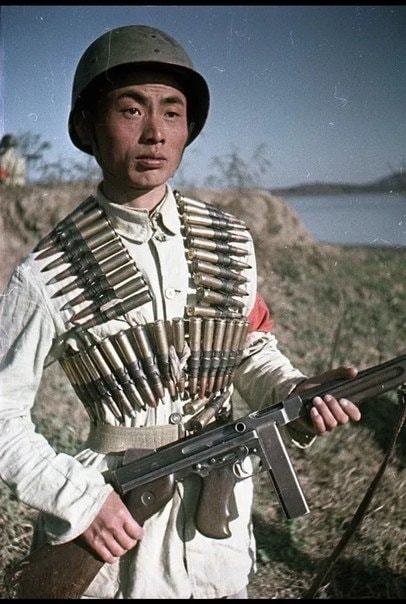
Chinese Communist Soldier with US weapons from Allied-Supplied Chinese Nationalists, Chinese Civil War.
129 notes
·
View notes
Photo

In order to fight against the Japanese invaders, many underage children also joined the ranks of the war.
In this picture, a boy who was about thirteen years old was standing upright, with a solemn expression. Although in his eyes there were still childishness, they were full of determination to resist the enemy. He held the captured Japanese "Type 38" rifle in his hand. Behind him was a material warehouse filled with packages of military materials. The little soldier was responsible for guarding the warehouse.
#WWII#China#Chinese Military#Chinese Army#History#Soldiers#Child Soldiers#Military#Asia#Japan#Japanese#Japanese Imperial Military#Kids
105 notes
·
View notes
Photo

Two men from the 363rd Field Artillery Battalion near Okinawa. June 10, 1945.
212 notes
·
View notes
Photo

1945, Gunner Hector Murdoch had been gone over four years, most of it as a prisoner of war in Singapore.
His wife Rosina and son John hadn't known if he was dead or alive.
He got home on his birthday.
#WWII#British Army#British Navy#Soldiers#POW#prisoners of war#War#Military#HistoryFamily#World War Two#Kids#Wife#Children#England#UK#United Kingdom
381 notes
·
View notes
Text

Republic of China Air Force Cadets, on their way the USA for training, compare instruments with American Coast Guardsmen. They are aboard a US Coast Guard manned transport off the coast of India.
Coast Guard Combat Artist Joseph DiGemma has his violin while two of the cadets hold the Chinese instrument Hu-chin (also have seen spelled Hu-ching). Seaman First Class Arthur Witt is the other Coast Guardsman while the Chinese cadets are unidentified.
(US Coast Guard/National Archives)
#uscg#us coast guard#coast guard#china#chinese#us#usa#history#military#instruments#stringed instruments#Republic of China#Republic of China Air Force#chinese air force#air force#af#airmen#sailors#boat#ships#violin
48 notes
·
View notes
Photo

On 4 July 1918, Marines paraded through the streets of Paris, France to celebrate.
#USMC#US Marine Corps#United States Marine Corps#Marine Corps#Marines#Military#WWII#France#French#Europe#History#4th Of July#independence day
309 notes
·
View notes
Photo
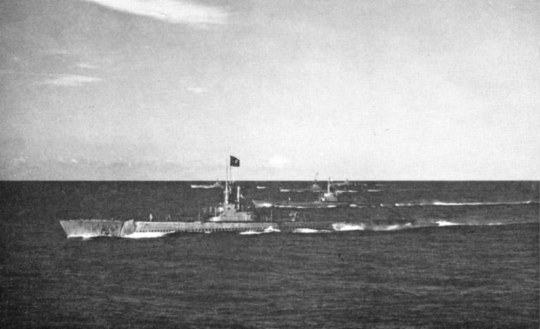
USS Flying Fish and other submarines en route to Pearl Harbor, 2 Jul 1945
(US Navy)
27 notes
·
View notes
